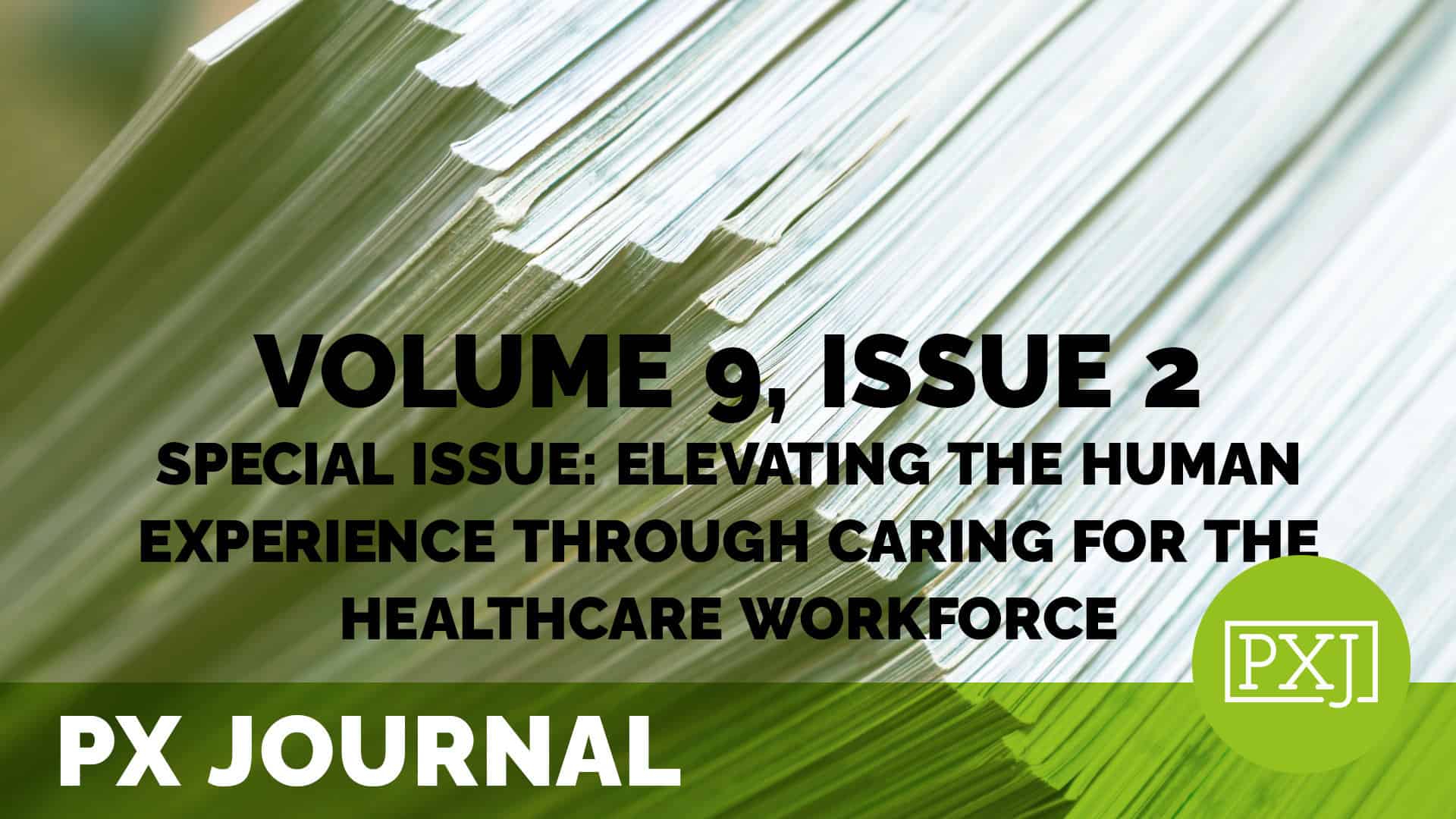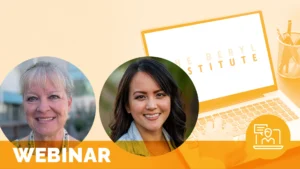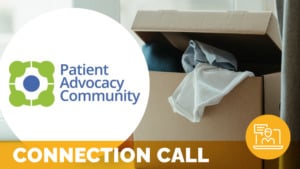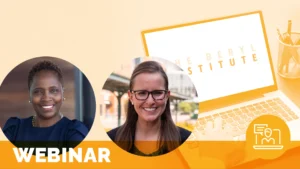Beyond service education: Impacting the human experience with sustained training utilizing the Experience Model of Communication

Patients scheduling or checking in for medical appointments often share with frontline employees’ details of their stories, including their worries, prior negative experiences, and hopes. These interactions require employees to not only complete their task, but also to be mindfully present, picking up on important social cues and showing appropriate emotional congruence and empathic understanding. Based on a review of recorded patient calls, a gap was identified in the communication skills of desk and scheduling staff at this large academic medical center, and a sustained training program was created to fill this gap. The training is centered on an evolving set of theoretical principles and skills that have come to be known as the Experience Model of Communication (XMOC). We wanted to understand if training in XMOC, a set of skills essential for healthcare providers, would also be beneficial for frontline staff. The training was evaluated with pre/post surveys, listening sessions, an annual evaluation, and quarterly tracking of patient experience scores, and findings suggest that the training content has had a positive impact. We continue to build and evaluate the training program to identify and refine the elements that make up XMOC and the most effective ways to transfer that learning to the staff who benefit.
Related content
-
 Culture & Leadership | Staff & Provider Engagement
Culture & Leadership | Staff & Provider EngagementVolunteer Services + Patient Experience = A Winning Team
Volunteers do a lot to improve services for our patients but in the past patient experience and volunteer teams have worked independently. This webinar will discuss the importance of building stronger relationships between these two teams and showcase how Sharp Grossmont Hospital documents and quantifies volunteer activities. Learning Objectives – Identify how volunteer programs can
Learn more -
 Environment & Hospitality | Staff & Provider Engagement
Environment & Hospitality | Staff & Provider EngagementLost Belongings Workgroup (November 15, 2023)
1pm ET / 12pm CT / 11am MT / 10am PT –The Lost Belongings Workgroup is a meeting space for those interested in conversations and solution generation with patient advocates working to improve lost belongings policies and practices.
Learn more -
 Culture & Leadership | Innovation & Technology | Staff & Provider Engagement
Culture & Leadership | Innovation & Technology | Staff & Provider EngagementHuman-Centered Leader Rounding: Using Generational Insights and Personalization
Explore how healthcare leaders can design and adapt their rounding processes to cater to different patient and employee generations, combining generational data with a personalized approach that is specific to the individual. The discussion will focus on personalized care, communication preferences, and bridging generational gaps in expectations through a human-centric approach that prioritizes empathy and
Learn more
